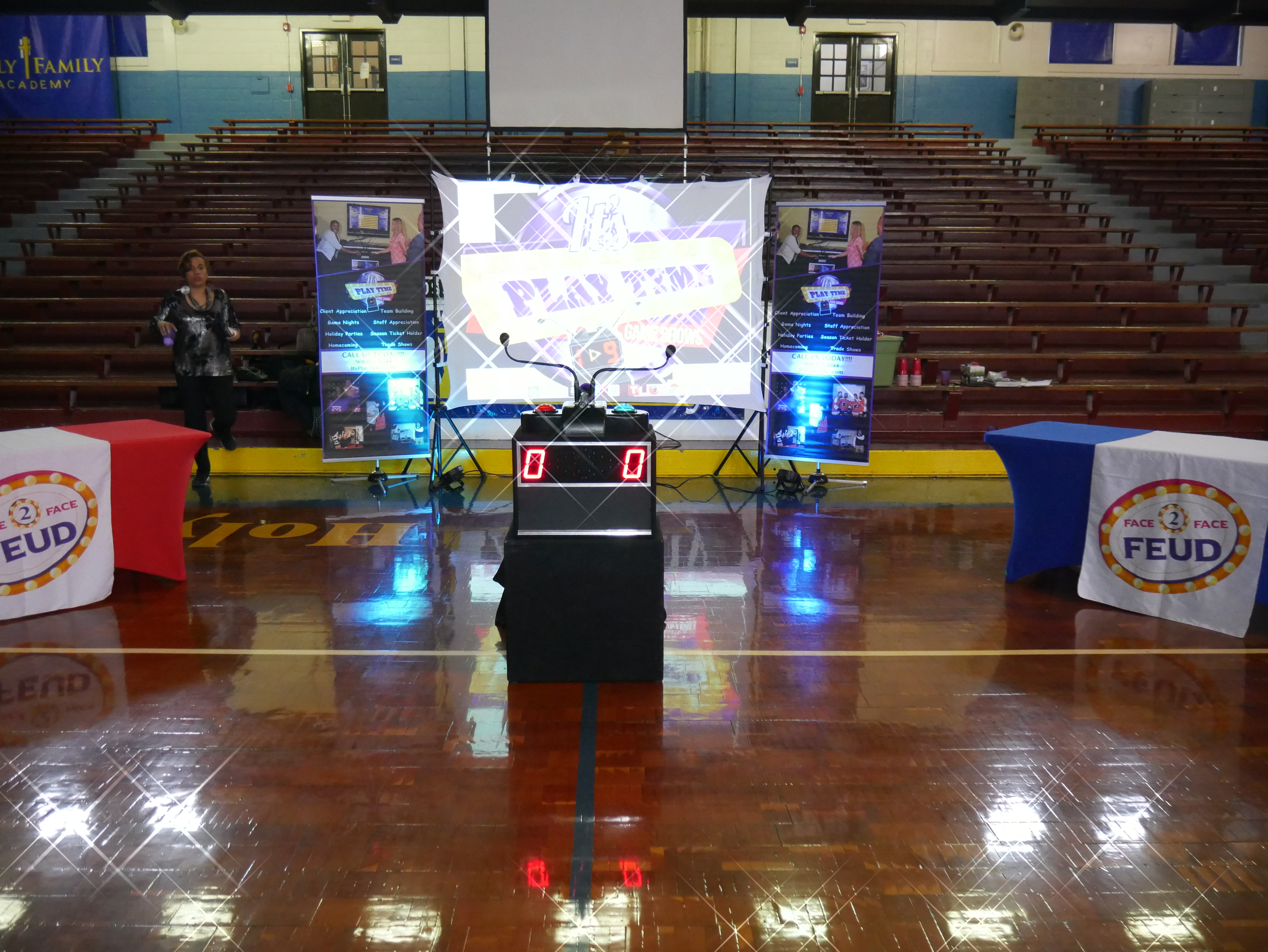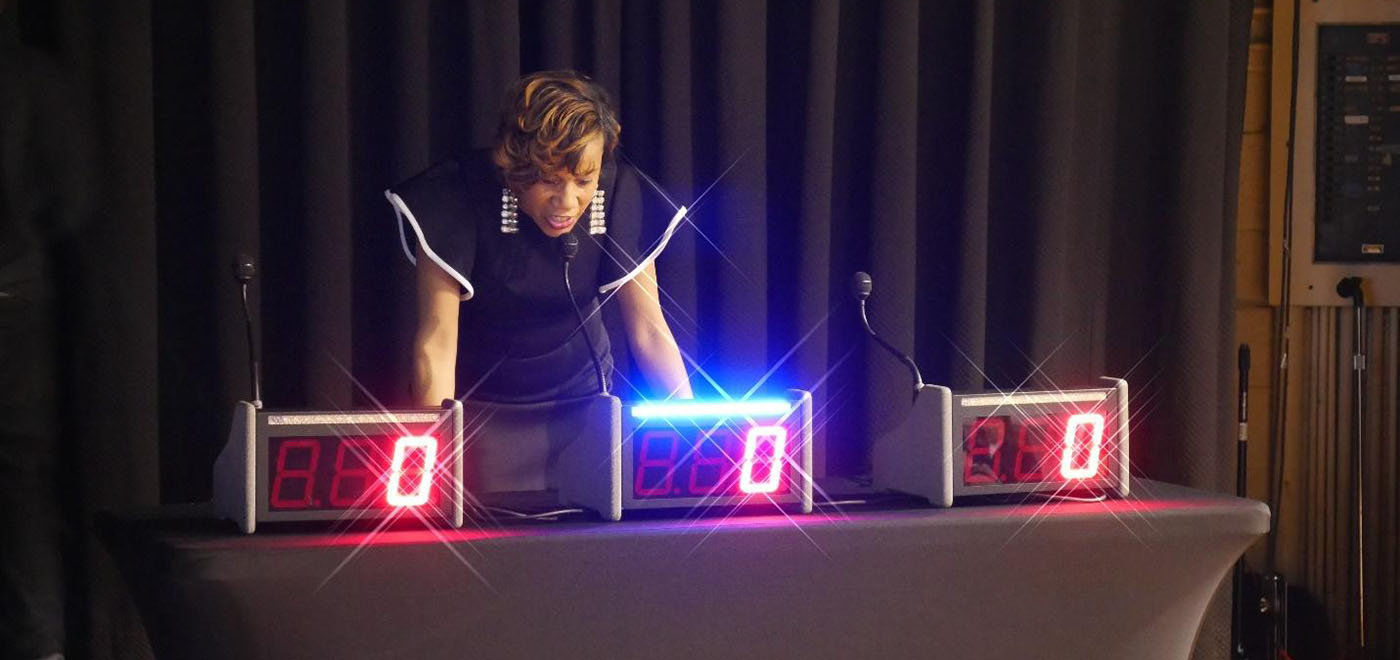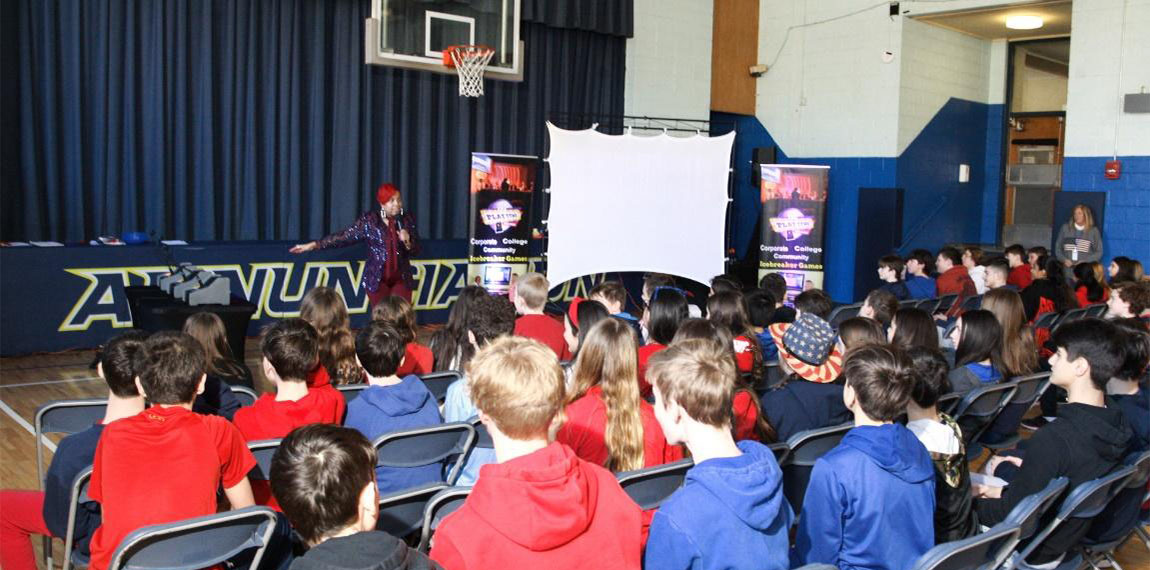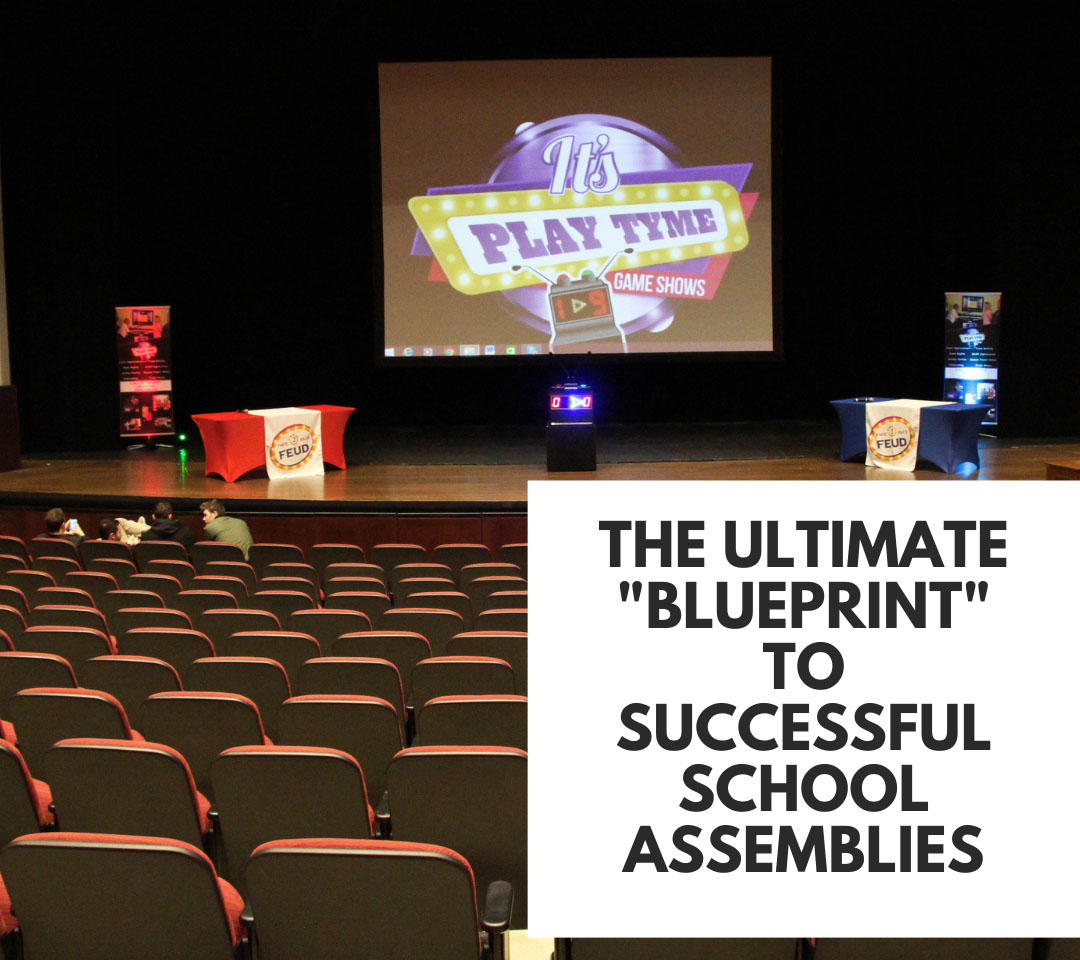School assemblies are a great way to bring the student body together and provide a break from the normal routine. Assemblies can offer a unique opportunity to get creative with fun themes, activities, and decorations.
This article will explore some of the best school assembly ideas to engage students, create unity among peers, and make lasting memories throughout the school year.
The Ultimate Successful School Assembly – “Blueprint”

The start of fall can be an exciting time for students and faculty alike. With autumnal decorations and themed activities, you can turn your assembly into a festive event that everyone will enjoy.
From pumpkin decorating contests to harvest-themed snacks and games, there are plenty of ways to make your fall assembly stand out from the rest. Plus, many of these ideas are simple enough for any budget or time frame.
With just a bit of creativity and planning, you can craft an unforgettable fall assembly that’s sure to bring your school community closer together. Read on for some of our favorite ideas to get you started!
Successful Assembly Preparation Steps
Preparing for a school assembly is no small task, and it takes an organized team of staff and students to make sure that the event runs smoothly. It’s important to start planning ahead of time so that all details are covered.
First Step – Create a Theme
Create a theme for the assembly. This can be based off of current events, holidays, or any other topic that would be interesting and relevant to the student body.
Second Step – Activity Ideas
Once a theme has been established, it’s time to begin coming up with ideas for activities and presentations. These should be tailored to fit with the theme and engage the audience. It may also be helpful to solicit suggestions from students, as they will likely have some great ideas.
Third Step – Assign tasks
Once activities have been decided upon, it’s essential to assign tasks and roles to staff members or volunteers. The size of the assembly will determine how many people will need to be involved, but everyone should have specific responsibilities that they can focus on during the event.
Allowing plenty of time for rehearsals is key so that everyone is comfortable with their part in the program before showtime! Additionally, it’s important to communicate expectations clearly so that everyone knows what is expected of them ahead of time.
In order to ensure everything goes according to plan, detailed checklists should be made and reviewed both before and after the assembly. Checking off items as they are completed can help keep track of progress, as well as identify any issues or problems that may arise during the event itself.
Taking these steps prior to the assembly will help ensure its success!
Engaging Activities “Add Some Interactive Fun”
Studies have found that interactive and fun assemblies can improve student attendance as well as academic performance. It can also provide an opportunity for them to learn important life skills like teamwork, leadership and public speaking.
Creating a more positive and engagement environment, school assemblies can foster a sense of community and school spirit.
Games are always a great way to get people involved and having fun. Fast paced trivia questions related to the theme can be used as icebreakers or as part of a larger competition, while other activities like scavenger hunts can bring some excitement and movement into the program.
Additionally, educational activities such as debates, simulations, or hands-on experiments can be used to demonstrate concepts that are relevant to the topic at hand.
If space allows, performances by student groups such as choirs, bands, dance teams, or theater troupes can provide entertainment while adding an element of creativity.
To get everyone involved in the assembly, consider having students participate in group projects or activities like flash mobs or lip-sync battles. These types of events help foster camaraderie among classmates and give everyone a chance to show off their talents!
No matter what activity is chosen for the school assembly, it’s important that it is well organized and presented in a professional manner. Involving staff members throughout all stages of planning will ensure that everything runs smoothly during the event itself!
Creative Themes For School Assemblies
Having planned engaging activities for the school assembly, it’s time to consider suitable themes. The theme should be relevant to students’ lives and reflect the values of the school.
Popular topics could include anti-bullying, cyber safety, health awareness, environmental sustainability, or college readiness.
To make the assembly even more meaningful, look for ways to connect the chosen theme to current events or other topics that students may already be familiar with.
This could involve guest speakers or student panels discussing relevant topics, performances that convey a message related to the theme, or activities that help demonstrate the importance of various issues.
Additionally, it can be beneficial to incorporate elements from different cultures or backgrounds so that all members of the audience feel included and respected.
Assemblies don’t have to be serious all the time! Incorporating humorous elements such as skits lip sync battles or funny videos can lighten up the atmosphere and keep people engaged.
Regardless of what theme is chosen for an assembly, its main purpose should always be to inspire positive change and motivate students in their educational journey.
Decorations and Props for your Assembly
A school assembly is more than just the speakers and activities. Decorations and props can help set a festive mood, draw attention, and reinforce the theme of the event.
Depending on the type of assembly being planned, decorations could include banners, streamers, balloons, or even a red carpet entrance.
Props such as musical instruments, costumes, or puppets can be used to engage students’ imaginations and bring performances to life.

When deciding what decorations and props to use for an assembly, it’s important to remember that less is often more. Too many items can be distracting and take away from the main point of the event.
Additionally, keep in mind that any materials used should be age-appropriate for all members of the audience. It’s also important to think about whether certain decorations or props may have cultural significance that needs to be respected and honored.
When it comes time to decorate for an assembly, enlisting student volunteers can make the process easier and create a sense of ownership over their school environment. Having students involved in choosing decorations or designing props for performances can also give them a greater sense of pride when they get to see their ideas come alive on stage!
Interactive Program to Include All Students
At a school assembly, it’s essential to make sure that all students feel included and valued. One way to do this is by having a variety of activities and speakers that appeal to different interests and backgrounds.
Having students involved in the planning process can also help ensure that everyone feels represented. Additionally, it’s important to make sure that any language used during the assembly is respectful and appropriate for all ages.

It’s also helpful to create an atmosphere of openness where all students feel comfortable expressing themselves without fear of judgement or ridicule.
This could include allowing for questions or comments from the audience, having student performances throughout the event, or providing opportunities for discussion afterwards.
Creating a space where everyone’s voice can be heard is essential to making an assembly successful and meaningful for all participants.
Finally, it’s important to remember that an assembly isn’t just about entertainment or providing information; it’s also about building community and celebrating each other’s differences.
By taking steps to create an inclusive environment and engaging students in meaningful conversations, assemblies can become powerful moments of connection among school members.
Booking the Right Performers
Booking the right performers for a school assembly can be challenging at times. According to “teen truth” school assemblies should leave a lasting impression.
A great way to leave a lasting impression is to engage students and create an upbeat atmosphere. One way to accomplish this is by Incorporating musical performances, such as singing or dancing.
These performances can include students and is an effective way to show off the school’s talent and foster a sense of pride in the student body.
Having live musical acts or theatrical performances from inside and outside groups can also be a fun way to bring a variety of entertainment to the event.
When selecting performers for assemblies, it’s important to consider the age group of the audience and make sure that any content is appropriate.
It’s also essential to ensure that all types of music are represented when seeking out performers, so that all students feel included.
This could include having different genres of music played throughout the event or having multiple speakers on stage that represent various backgrounds and interests.
It’s through these moments of connection that assemblies become truly meaningful experiences for all involved.
Finding Speakers And Presenters
In addition to music and performances, school assemblies can be enriched with the presence of guest speakers.
Inviting people from outside the school to give presentations and offer advice can be a great way to expose students to different perspectives and inspire them with stories of success.
Schools may also consider having student speakers as well, so that their own voices are represented on stage.

When selecting speakers for an assembly, it is important for schools to make sure they are providing a platform for diverse groups of people who reflect the range of backgrounds and experiences within the student body. Also, it’s essential that presenters discuss topics that are relevant to the age group they’re speaking to.
This could include information about college or career paths, tips on staying healthy and active, or advice on how to handle difficult situations in life.
By bringing in knowledgeable individuals who can offer guidance and insight into these topics, assemblies become a safe place where students can learn more about themselves and how they fit into their communities.
Awards and Prizes for Recognition
To further recognize the accomplishments of students, schools can incorporate awards and prizes into their assemblies. This is a great way to honor those students who have put in extra effort or have gone above and beyond in some way. Awards could include certificates or medals for academic excellence, leadership, sportsmanship, creativity, and more.
Small prizes, such as gift cards or school supplies can be awarded to those who have achieved something noteworthy in the classroom or on the field.
Award ceremonies in school assemblies can be a great way to encourage students and build morale throughout the student body. They demonstrate that hard work is appreciated and valued within the school community, which can help foster an environment of collaboration and growth.
Video Clips and Messages for Engagement
To further engage students during school assemblies, schools can incorporate video clips and messages from outside sources.
This can be a great way to introduce a new topic, reinforce a key message, or even provide an emotional moment for the group.
Video clips could include inspirational speeches from leaders in the community, interviews with successful individuals, or even humorous skits that make the students laugh.
Messages could come from local celebrities or prominent figures within the school district.
Using videos and messages can help bring ideas to life in a way that’s more tangible than just words alone. It allows students to put faces and voices to the topics being discussed, which can make them more relatable and meaningful.
Also, it’s an opportunity to showcase people from different backgrounds who have achieved success in their field, which helps demonstrate the importance of hard work and dedication for achieving one’s goals.
Including these elements into school assemblies can also be beneficial for connecting with students on a deeper level. Introducing real-world examples of success stories encourages students to think about their own aspirations and what they need to do in order to reach them.
It helps them recognize that anything is possible if you put in the effort and stay focused on your dreams. Ultimately, this message will stick with them long after the assembly has ended.
Post Assembly Follow up Activities
To further cement the ideas presented during a school assembly, it’s important to have follow-up activities. These activities can help students apply what they’ve learned and deepen their understanding of the issue or topic.
A great way to do this is through discussion groups or writing assignments. In discussion groups, students can discuss what they’ve heard and share their own experiences on the topic presented in the assembly.
This can offer a more personal connection with the material and allow them to process what they’ve heard in an interactive setting.
Writing assignments are also beneficial because it encourages students to think critically about what was discussed in the assembly and come up with solutions for how to move forward.
These types of activities would be especially relevant for assemblies that focus on current issues or controversial topics.
By engaging in meaningful dialogue, students can gain a better understanding of different perspectives and develop empathy towards others who may have different opinions than their own.
Having hands-on activities after an assembly allows for greater reinforcement of key messages and helps ensure that students don’t forget what they’ve learned once the assembly is over.
Frequently Asked Questions

1 – What Is the Best Way to Ensure Success of a School Assembly?
The most important element of any assembly is its purpose and objectives. Before hosting an assembly, the organizer should create clear expectations for what will be accomplished such as:
- Introducing new policies
- Recognizing student achievements
- Inspiring a sense of community among students.
Once these goals have been determined, it becomes much easier to plan other aspects of the event.
It is also important to ensure that there are enough resources available for the day of the assembly.
This could include supplies such as microphones or projectors, or even personnel like staff members and volunteers who can assist with running the event smoothly.
Making sure these items are secured well before the actual event can help eliminate last minute stress and chaos on the day itself.
2 – How Can I Involve Parents?
Involving parents in a school assembly is an important factor for ensuring the success of the event. Parents presence at an assembly can create a sense of unity between parents and students.
The involvement of parents can help to make sure that important information is communicated effectively to everyone present.
There are several ways that parents can be involved in a school assembly:
- Invite them to participate as speakers or panelists – This would allow them to share their input about certain topics with students and other attendees.
- Ask parents to serve as judges – For any contests or performances that are part of the assembly.
Having parental involvement in this capacity can help provide valuable feedback and insight into student work or performance. - Parents could also be asked to volunteer during the school assembly. They could offer assistance with setting up decorations or helping out with any tasks related to planning and executing the event successfully.
Involving parents in this way not only allows them to contribute positively, but it also helps create a community feeling within the school environment where everyone has a role.
No matter how parents decide to get involved, having them present at an assembly will provide many benefits for both students and staff alike.
Not only will it demonstrate support from parents towards their children’s education, but it will also create an atmosphere of collaboration between families and the school itself.
Involving parents in this way is sure to make any school assembly more enjoyable and successful for all involved.
3 – How Can I Ensure That Students with Disabilities Are Included?
Including students with disabilities in an assembly is a crucial part of creating an inclusive and welcoming environment. It’s important to make sure that everyone is included and that every student can participate in the assembly.
There are a few simple steps that can be taken to ensure that all students, regardless of their disability, are able to take part.
Recognize and understand the different needs of each student – With a disability. this can involve engaging with parents or guardians of these students to better understand their individual needs.
Provide accommodations for those who may need them – such as providing audio-visual aids for those who are hard of hearing or visually impaired, or providing seating closer to the front for those with mobility issues.
Involve parents in the process by asking for their input on how best to include their child in the assembly ranging from something as simple as having them share their child’s accomplishments.
This may be during the assembly, or even working with them ahead of time. Encourage the parent to help plan activities that meet the needs of their child and other students with disabilities.
Parents, teachers and staff model inclusion for all students by ensuring everyone is welcomed into activities, not just those without disabilities.
By setting this example in practice, it will create a more inclusive environment where all students feel accepted and appreciated regardless of their disability.
4 – What Should I Do If I Have Limited Resources?
Planning a school assembly can be a daunting task, especially if you have limited resources. A successful assembly requires careful consideration of both the type of event and the necessary materials needed to execute it.
Even with limited resources, there are still several steps you can take to ensure that your assembly is meaningful and enjoyable such as:
First, decide on the purpose of the assembly.
Is it to celebrate a holiday or honor a particular individual or group? Or is it an educational gathering such as an anti-bullying workshop? Knowing why you’re having an assembly will help determine what type of activities and supplies you’ll need.
Create an agenda that will keep students engaged.
While remaining within your budget, you could arrange for guest speakers who will provide interesting insights without needing any extra equipment.
Alternatively, you could rely on student participation by hosting competitions or team-building exercises that require minimal material items.
If possible, consider using digital resources such as online quizzes or virtual reality experiences rather than physical props like game boards or decorations.
Make sure that everyone feels welcomed at your Assembly.
Regardless of their abilities, ensure that any challenges presented during activities are accessible for all students by providing alternative versions when needed and offering assistance if necessary. By being cognizant of these considerations beforehand, you can ensure that your school assembly is accessible and enjoyable for all participants despite having limited resources available.
Key Takeaways
- To ensure the success of a school assembly, consider the needs of all students, involve parents, and maximize available resources. By doing so, you can create an assembly that is both engaging and inclusive.
- If you have limited resources, there are still plenty of ways to make your assembly memorable. Simple activities such as having students perform skits or create art projects can help fill the time.
- You can also incorporate technology by having students present their work through videos or slideshows.
- Through careful planning and creativity, you can create an assembly that will be enjoyable for all involved. Involving parents and providing accommodation for those with disabilities will help make sure everyone feels included in the process.
- With some thoughtfulness and effort, your school assembly is sure to be a success!
Need Help Planning an Interactive Assembly in New York and New Jersey?
We provide interactive school assembly programs all across NJ/ NYC metro area.
Ever thought about hosting an exciting game show-themed assembly for your students? Do not hesitate, to contact us immediately for details. No deposit is required upon booking. Let’s Play!





